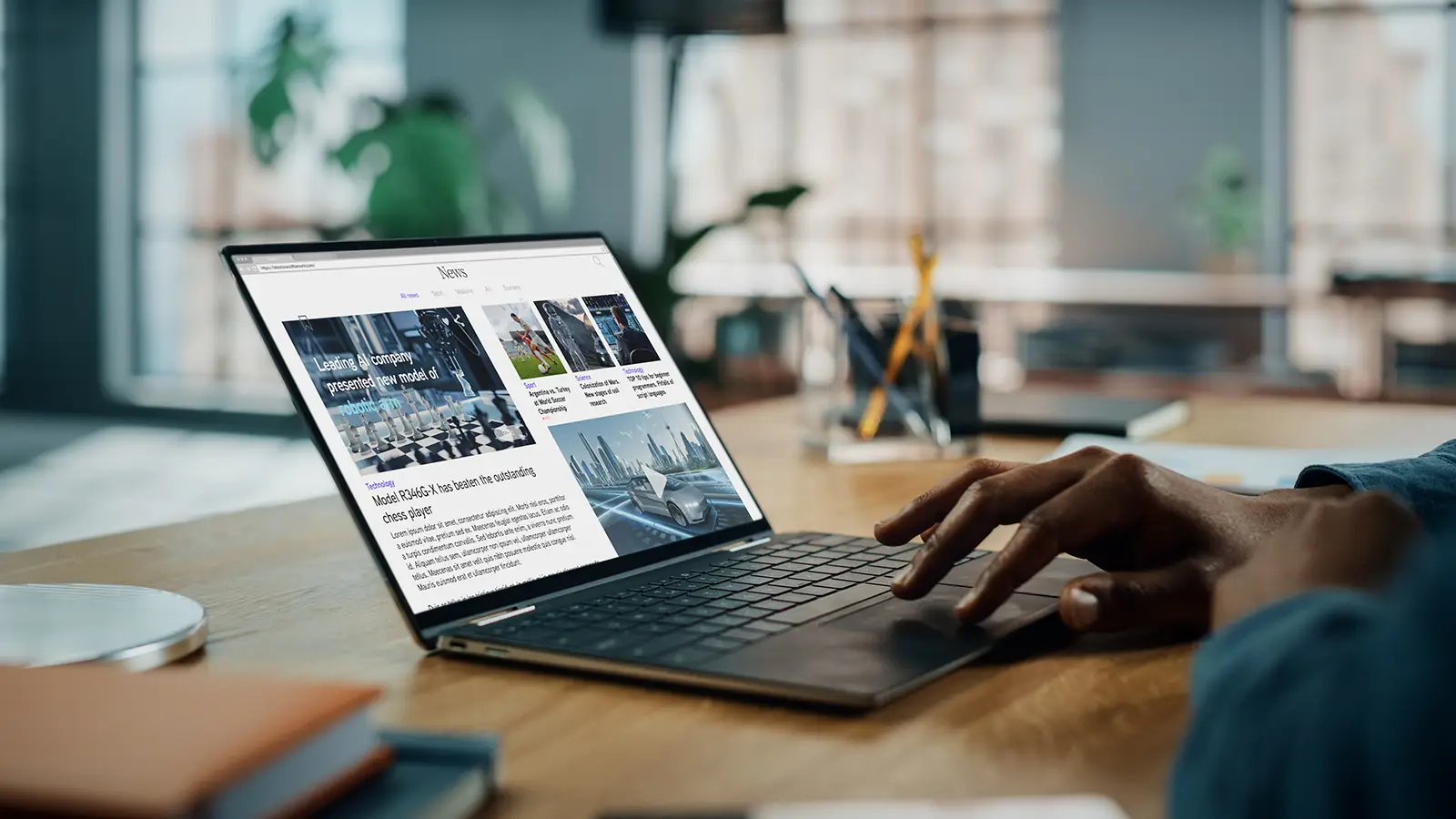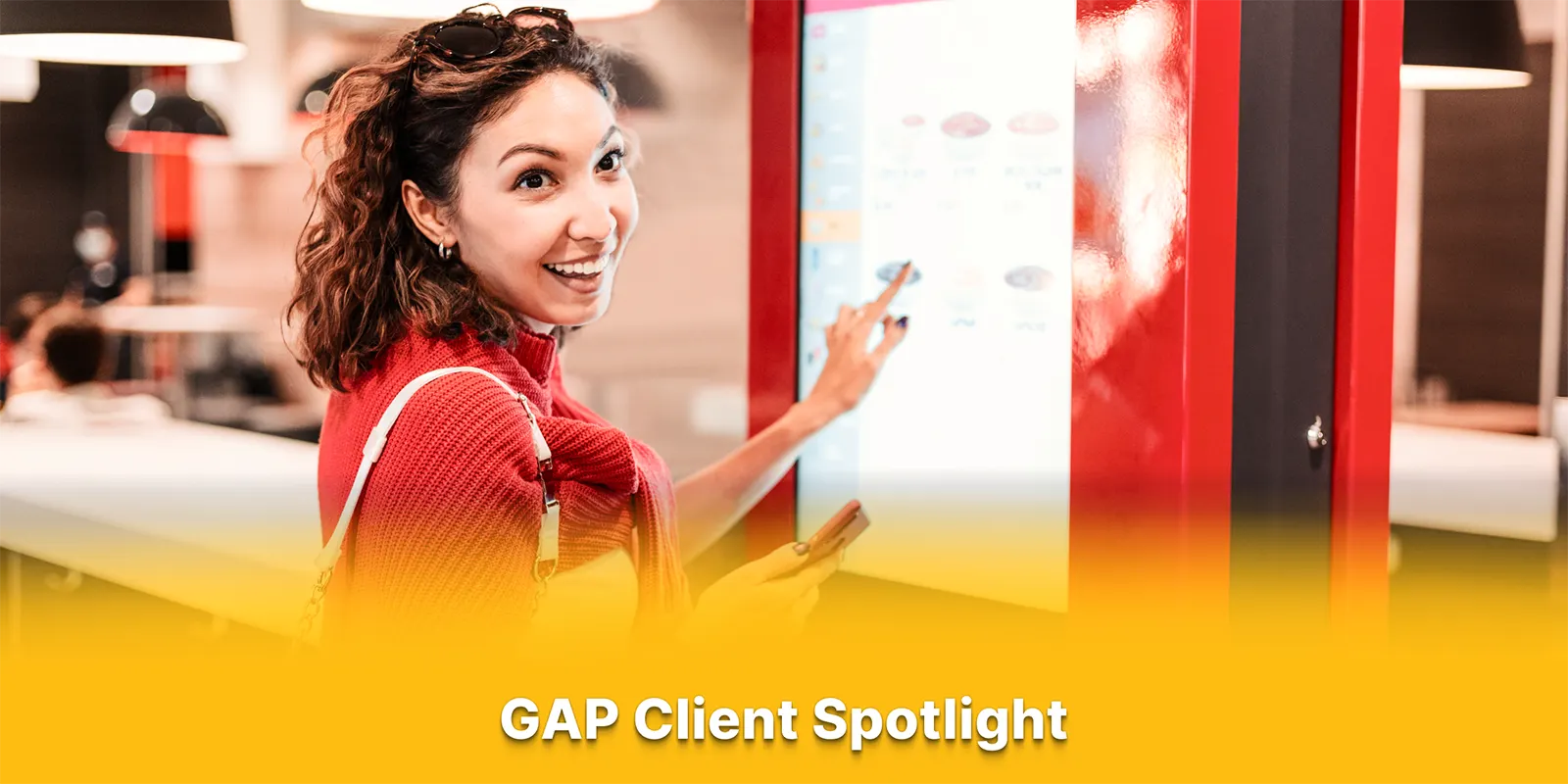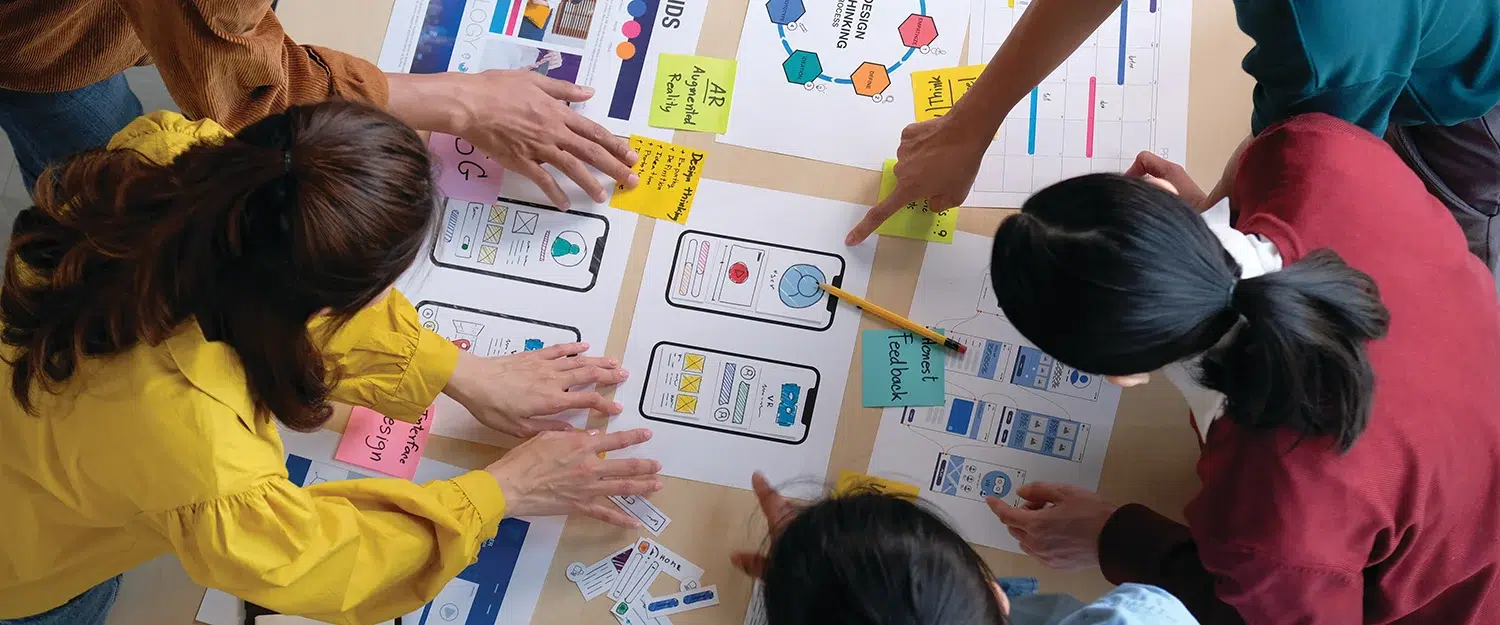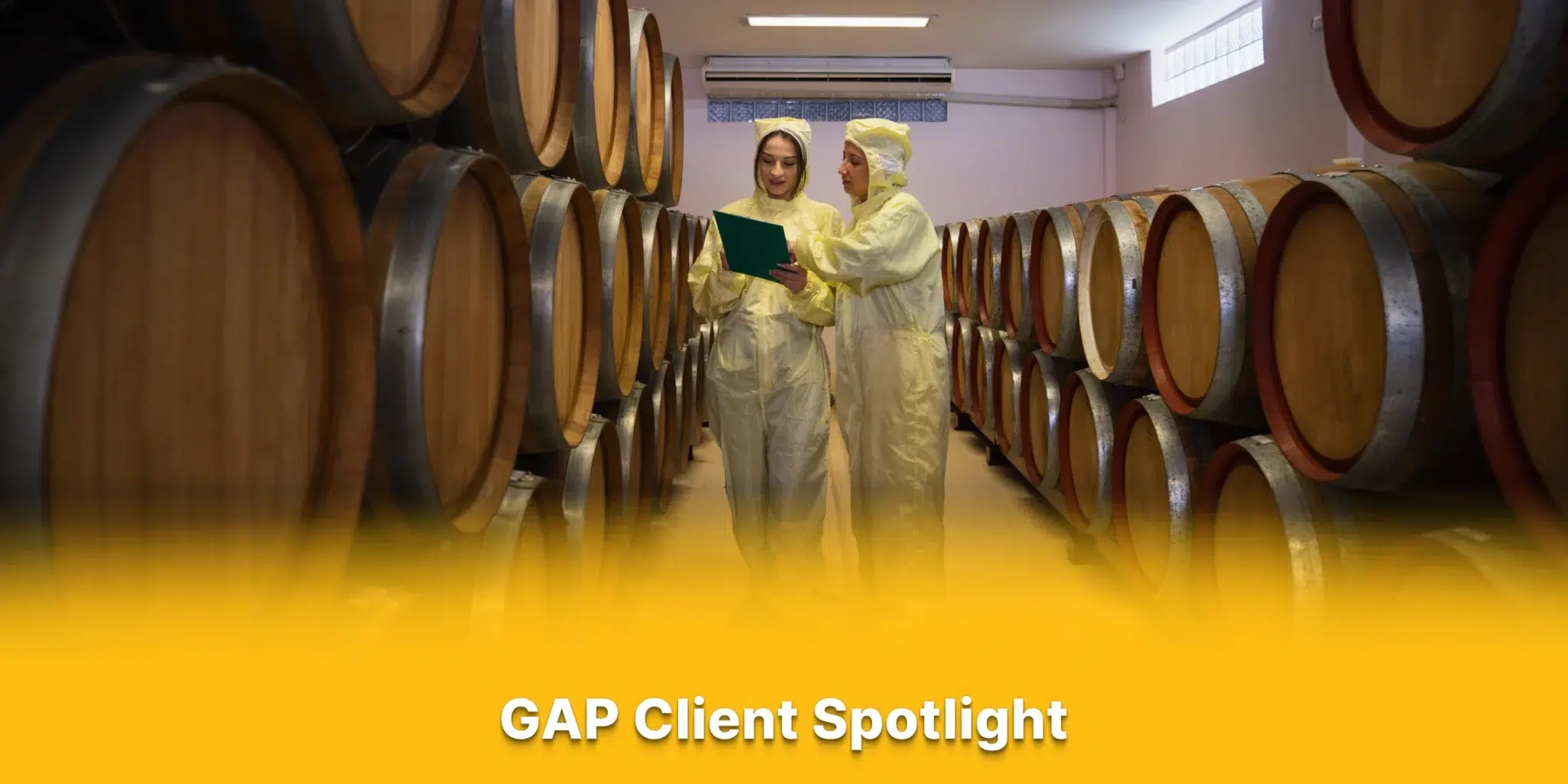With over 4,000 restaurants in the U.S., one of GAP’s clients — a leading fried chicken giant — is putting technology to work in ways you may not see but have come to expect.
Consumers’ expectations for personalization, customization and speed have grown exponentially over the past decade. This global fast food brand consistently looks for ways to make it easier for their customers to enjoy their craveable feasts — and digital innovation is one of the ways they set their brand apart.
GAP has been working with the fried chicken chain leader to deliver crispy goodness that is swift and personalized, whether the order is placed in the store or in the drive-through. The end result has to be the same: fresh, delicious fried chicken exactly as ordered in minutes — with the help of some fascinating tech.
Edge services play a critical role in making sure everything runs smoothly. Edge is a framework storing data closer to the devices using the data, so it doesn’t have to make a round trip to the cloud and back. In a quick-serve restaurant where real-time data processing is mission-critical, Edge can improve security, privacy and scalability.
Edge services help tie together various components of the restaurant's operations. These components — kiosks, time clocks, point-of-sale systems and digital menu boards — all play a role in ensuring employees can manage orders, customers can pick up their food, and everything remains in sync, even when the internet isn’t working.
The tech stack designed by the GAP engineering team to power Edge for the client is impressive. For the techy folks: Containerized C#/.NET microservices are run in Kubernetes clusters. MongoDB manages data storage, and RabbitMQ is the messaging system. JavaScript is used for testing the system’s load capacity through K6.
Edge is the internal glue bringing all those things together inside of our client’s restaurants. The GAP engineering team has been working on several different digital innovations to help the leading fried chicken giant serve up fast food efficiently. These projects include:
- Employee and Till Management
- Handles employee authorization
- Processes time punch logic
- Handles till information
- Order Reporting
- Routes order info to various in-store services
- Menu Board Pricing
- Handles routing pricing info to the digital menu boards
- Kiosk Services
- Serves as an info repository for the Android Kiosk app (menu, images, etc.)
- Routes pricing and order requests from Android Kiosk to the POS
- Message Router
- Responsible for routing messages from the POS to other Edge services
- Will be used to route messages between the cloud and in-store services
- Service Tools
- Provides support tools and processes to configure and maintain credit card payment pads
Order Confirmation Board Ensures Order Accuracy
The Order Confirmation Board (OCB) is designed to display drive-through orders in real time with the intent of increasing customer satisfaction. If you’ve placed an order in a drive-through where audio equipment wasn’t crystal clear, or you wanted to customize your Number 3, there’s a reasonable chance the order you received wasn’t exactly what you had hoped for.
The OCB captures order edits from the point of sale system and displays them on the drive-through menu board, allowing customers to verify their orders on the spot.
To implement this, the GAP engineers created an OCB adapter to handle order payloads and transform them into human-readable menu items. The OCB has been rolled out at various locations, making drive-through experiences more reliable with fewer incorrect orders.
Order Ready Board For Quicker Pickups
The Order Ready Board lets customers know the status of their order in real-time. For example, an order is placed through the Android Kiosk in the store. As the order is processed, it’s sent in real time to the Edge Server. Customers can see their name on the digital menu board indicating their order is being prepared. When their name moves to the Ready Now side of the digital menu board, it’s their cue to walk to the counter to pick up their order. The visibility ensures a smooth stress-free experience.
The front end is a React application hosted on the Edge Server to display the orders. The beauty of the system is its resilience. Even if the Internet goes down, orders can still be processed and displayed.
Till Management to Keep an Eye on the Cash
Till management, or cash management, is crucial for tracking cash transactions in fast food restaurants. It allows cashiers to manage cash sales and ensure accurate change for customers. The client’s point of sale (POS) handles tills on a per-transaction basis, while the back-of-house services manage them at the employee level.
Each till tracks multiple transactions made by an employee throughout the day. The client’s POS sends till information through a WebSocket to a message router, which forwards it to employee services. This ensures the cash flow is accurately monitored, even when there are broadband issues.
These are a few examples of how invisible technology ensures efficiency and satisfaction in the quick serve industry. Since speed and customization reign supreme, GAP’s engineering team ensures this fried chicken giant is more than just a drive-through. It’s an experience designed with the customer in mind. From order confirmations to real-time order tracking and cash management, these tech innovations elevate customer satisfaction.
So the next time you enjoy a perfectly crispy meal from this client, remember the invisible technology behind the scenes making sure everything runs as smoothly as possible — from the moment you placed your order until you walked out the door.










